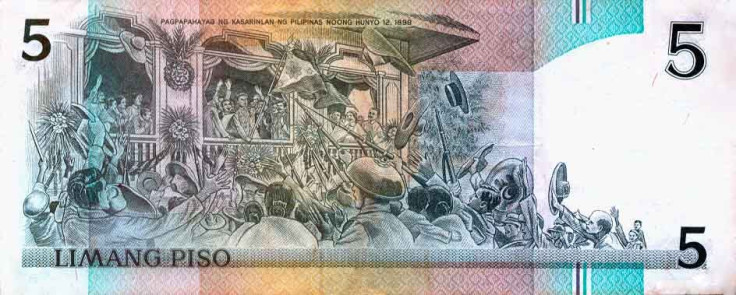Philippine Independence Day History 2015: 5 Surprising Facts About The Origins Of June 12

It has been 117 years since the Philippines declared independence from Spain in 1898 after 300 years of living under Spanish rule. The day is marked by celebrations and parades among Filipino communities around the world, including in the U.S.
This year’s celebrations are expected to coincide with the release of a government-sponsored, three-part television documentary defending the country’s position against China expanding its territory in the South China Sea, according to GMA News and Public Affairs. China has recently laid claim to nearly the entire South China Sea, including its shipping lanes.
“Our objective is to inform our people,” Foreign Affairs spokesman Charles Jose said in a statement. He added that the documentary was meant to “raise awareness” on the South China Sea dispute and to “rally support of our people behind our Philippine government’s policy and action.”
Here are five surprising facts about the history of Philippine Independence Day, honored every year on June 12.
1. Filipino priests started the opposition. The priests resented Spain’s domination of the island nation’s Roman Catholic churches, according to History.com. The country’s intellectual and religious leaders began meeting in the late 19th century to discuss declaring independence.
2. A secret society of revolutionaries was formed in 1892 in Manila. Its numbers grew tremendously and the society’s plans for rebellion were soon discovered by the Spanish. The uncovering forced the revolutionaries to act sooner than they had wanted.
3. Emilio Aguinaldo became the leader of the rebellion. He had joined the secret society in 1894 at the age of 25. He became the country’s first president from 1899 to 1901.
4. The National Flag of the Philippines that was unfurled on June 12, 1898 was made in Hong Kong. It was conceptualized while Aguinaldo was in exile in Hong Kong in 1897.
5. The declaration was not recognized by the U.S. or Spain. In fact, following the declaration, Spain ceded the Philippines to the U.S. in the 1898 Treaty of Paris. The treaty put an end to the Spanish-American War.
© Copyright IBTimes 2024. All rights reserved.






















